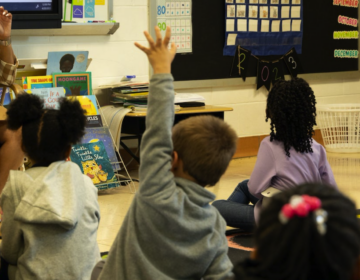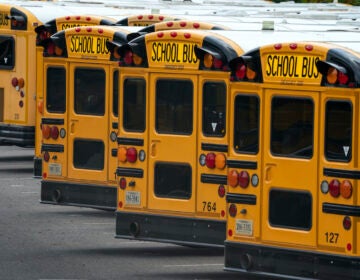Wait and see what the fall brings? Snag what’s on sale now? The back-to-school shopping questions vexing parents
Avoid a run on uniforms? Hold off on notebooks? Parents weigh which approach is best as they await decisions on school reopenings.
Listen 1:36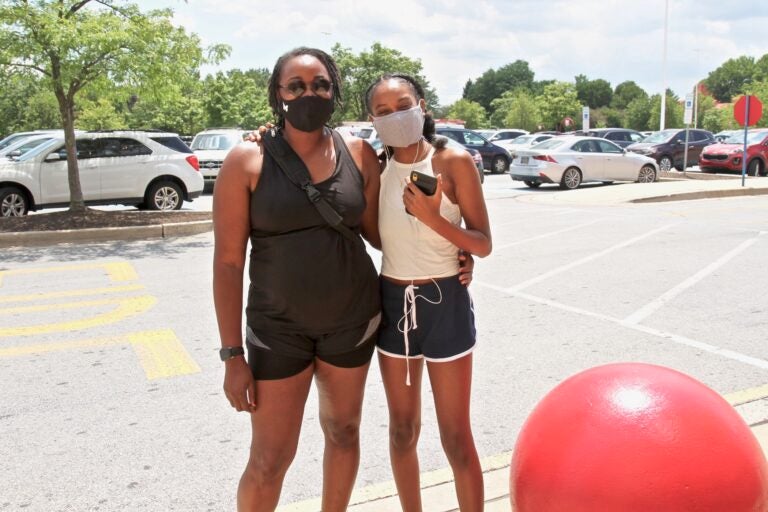
Shere Jones, parent of incoming high school freshman Laila in Wilmington, wonders what happens to the stock of uniforms if all parents choose to hold off on purchases. (Ximena Conde/WHYY)
Are you on the front lines of the coronavirus? Help us report on the pandemic.
Back-to-school shopping season. Any other year, we’d know exactly what that meant.
This year? It may be 2020, but it’s hard to bring that back-to-school picture into really sharp focus.
Piara Biggs, for instance, would typically scope out the local department stores in Wilmington with her mom to prep for another year of out-of-state college dorm life. In addition to notebooks and pens, the incoming senior at Middlebury College in Vermont would be keeping an eye out for items that could personalize and spruce up her living space.
Not this year. Biggs knows she’ll be returning to campus, but it comes with a caveat — a spike in coronavirus cases could upend the school year, again.
“The school suggested that we bring fewer items in case we need to leave campus quickly,” Biggs said. “I’ll definitely need to shop a little bit less, like try to restrict myself to the essentials.”
Advice like that, and Biggs’ plans to pack and buy only what can fit in her car, are the stuff of retailers’ nightmares. The back-to-school shopping season is one of the busiest for the industry, historically second only to the winter holidays.
What the season ends up looking like is anyone’s guess. For now, we have some national surveys of parents.
Deloitte’s back-to-school queries to parents found that spending will remain largely flat compared to last year. Projections for spending on younger children and high schoolers stand at $529 per household. For the college-bound, average spending is expected to hover at $1,345.
Meanwhile, similar surveys by the National Retail Federation project record spending for K-12 students — almost $800 — and just over $1,000 for college students.
This week, plenty of parents laughed politely behind their face masks at the very idea of school shopping.
East Norriton parent Nicole Scott, who has second and fourth graders enrolled in Archdiocese of Philadelphia schools, said she’s trying to enjoy the summer for now.
“I’m choosing to not get sucked into that until we have an actual plan in hand and can have something to discuss,” Scott said.
The National Retail Federation surveys found that only 10% of parents had received school supply lists.
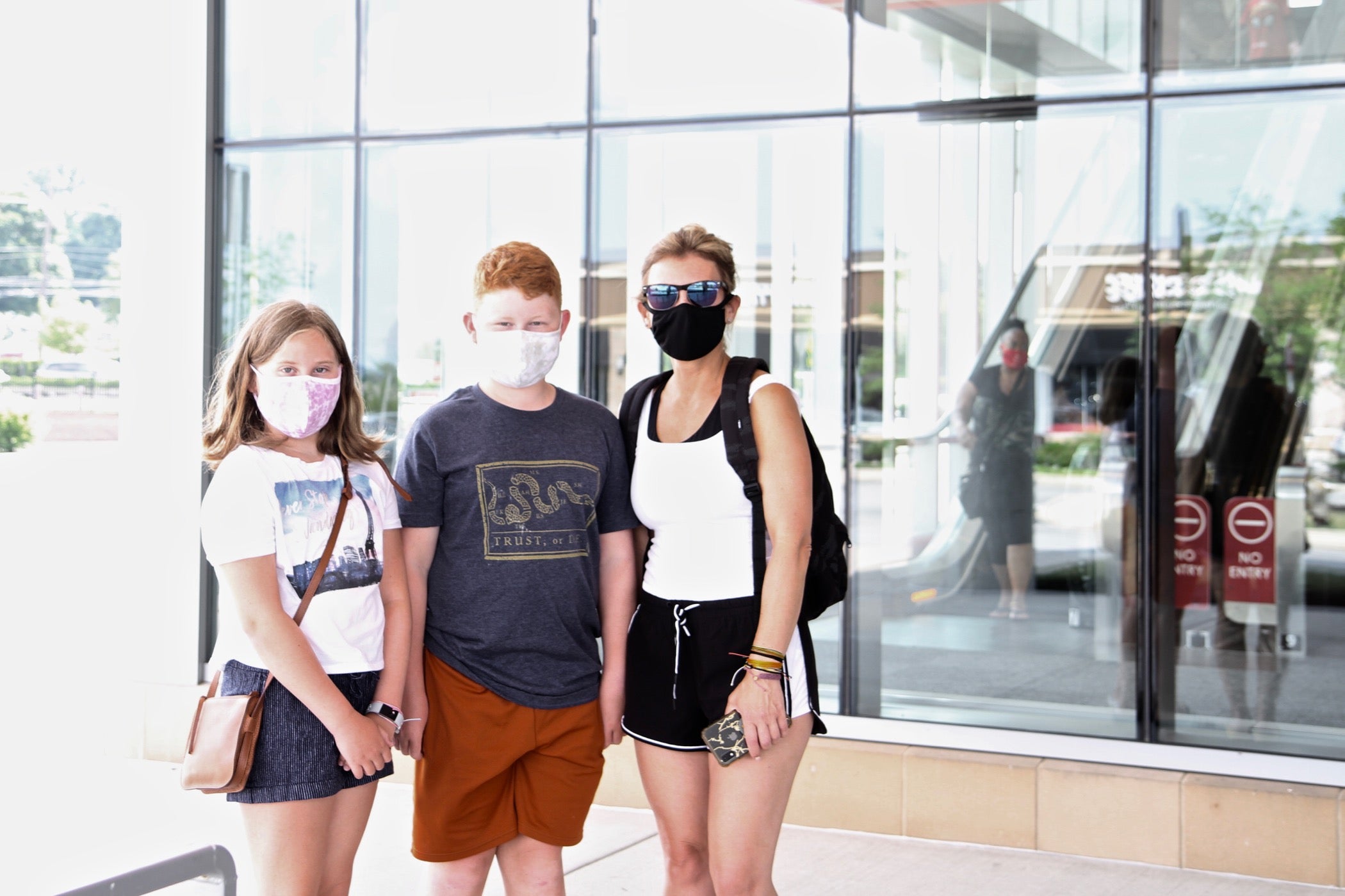
Zhanna Riloff, mother of soon-to-be fifth and seventh graders in the Lower Merion School District, is not among that 10%. She doesn’t even know what the school year will look like.
“It’s usually a few hundred dollars when you go back-to-school shopping just for supplies, not even clothing and sneakers and all that,” Riloff said. “I definitely don’t want to spend for items that we might not be able to return if everything shuts down again.”
Getting stuck with excess supplies in a tight economy is a big concern for parents in the three-state region.
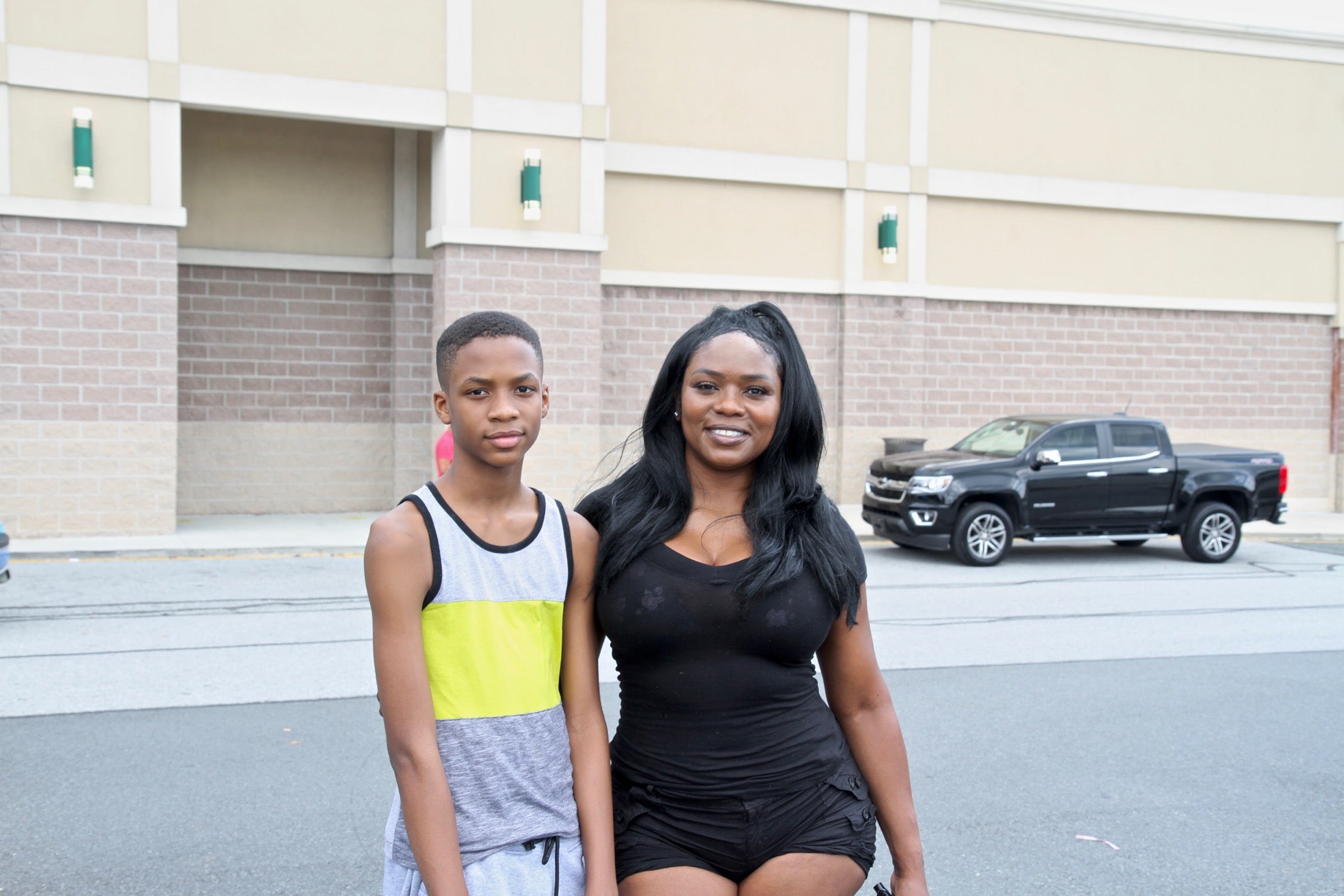
Tamika Hanna, whose son goes to a charter school in Wilmington, said she “actually overbought last year.” The transition to full-time online learning this spring left her with her own shelf of notebooks her son, entering eighth grade, can use.
That means her main purchases, and that’s if in-person learning resumes, will be in clothes, Hanna said.
“He would just need pants because he’s outgrown them,” she said — her son has been outgrowing all his shoes and pants at a rapid clip in recent years.
She’ll probably wait until the last minute, she said, “just in case he has another growth spurt.”
On the other hand, Shere Jones, parent of a high school freshman in Wilmington, wonders what happens to the stock of uniforms if all parents choose to hold off on purchases?
“I might just get maybe like one or two, just in case,” she said. “I’m thinking if they do tell us that they’re going back to school, it’s going to be hard trying to get uniforms because everybody is going to be rushing.”
And while these parents weighed the merits of spending on crayons, antiseptic wipes, and uniforms, none planned to spend on technology – bucking the expectation that this would be the one category where there would surely be a spending boost.
Deloitte projected a 28% increase in K-12 technology spending. The NRF survey expected a 7 percentage point increase compared to last year.
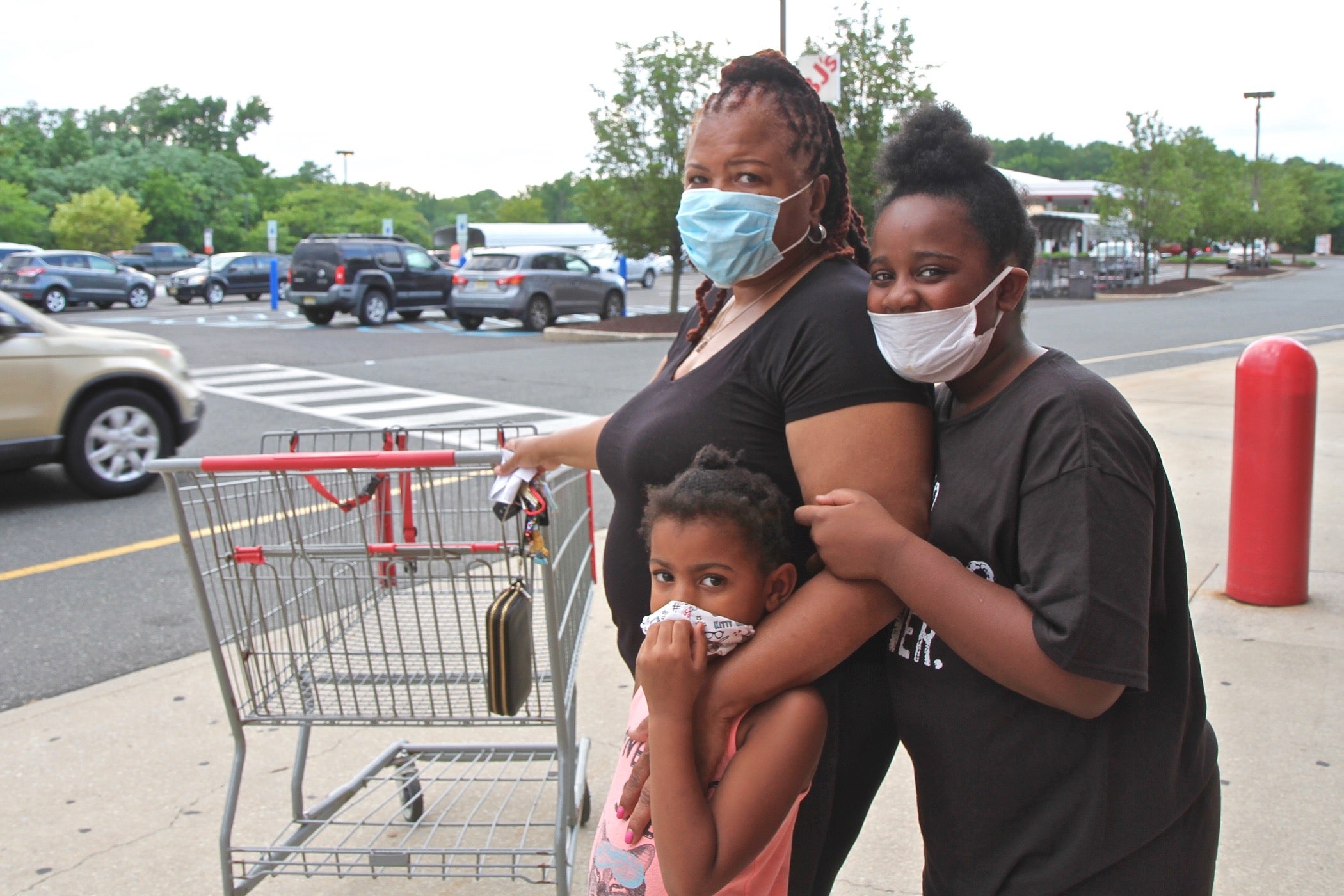
But Erika Jordan, grandmother to a sixth grader and a kindergartener in the Audubon School District in Camden County, said the family didn’t have to spend extra money when the children switched to virtual learning in the spring.
“Their schools happened to give them computers to take home, so they were fine,” Jordan said. “Then they give them back, and I’m quite sure when September comes, they probably give them back again.”
Other parents said they just had to pay a small insurance fee for computers on loan from their school districts.
Ylvanny Chala, with fifth and ninth graders in Camden County’s Pine Hill School District, said her family also didn’t plan to increase spending on tech gear.
“We already have the electronics available for them,” said Chala, who is also waiting for a verdict on returning to school. “If I don’t have to buy anything for it to go back to school, we’ve got it, [it] actually benefits me.”
For now, like so many other parents, she’s embracing the uncertainty and “just enjoying everything” she can enjoy during these times with her family.
“I don’t want to rush the process and waste money for no reason,” Chala said of back-to-school shopping. “But if I have to do it, then I’ll go ahead and do what I have to do.”

Get daily updates from WHYY News!
WHYY is your source for fact-based, in-depth journalism and information. As a nonprofit organization, we rely on financial support from readers like you. Please give today.


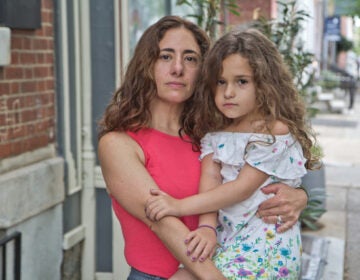
![CoronavirusPandemic_1024x512[1]](https://whyy.org/wp-content/uploads/2020/03/CoronavirusPandemic_1024x5121-300x150.jpg)
